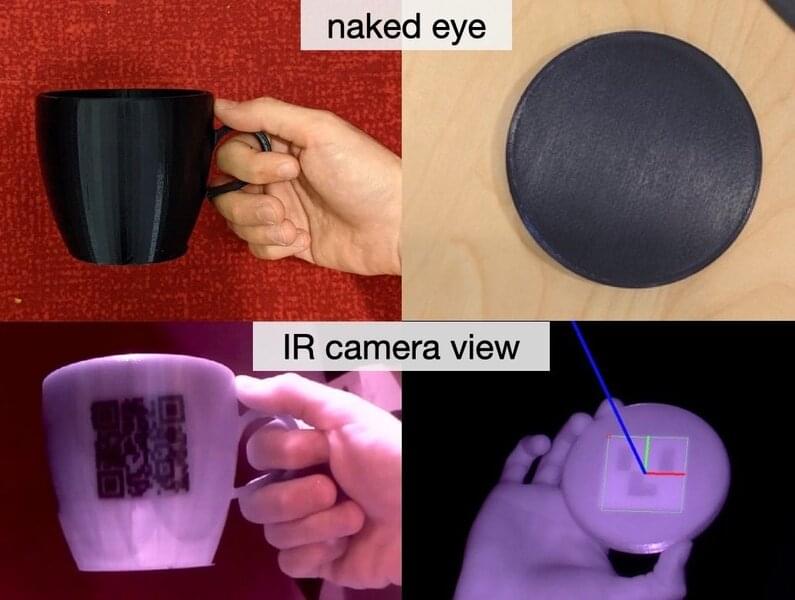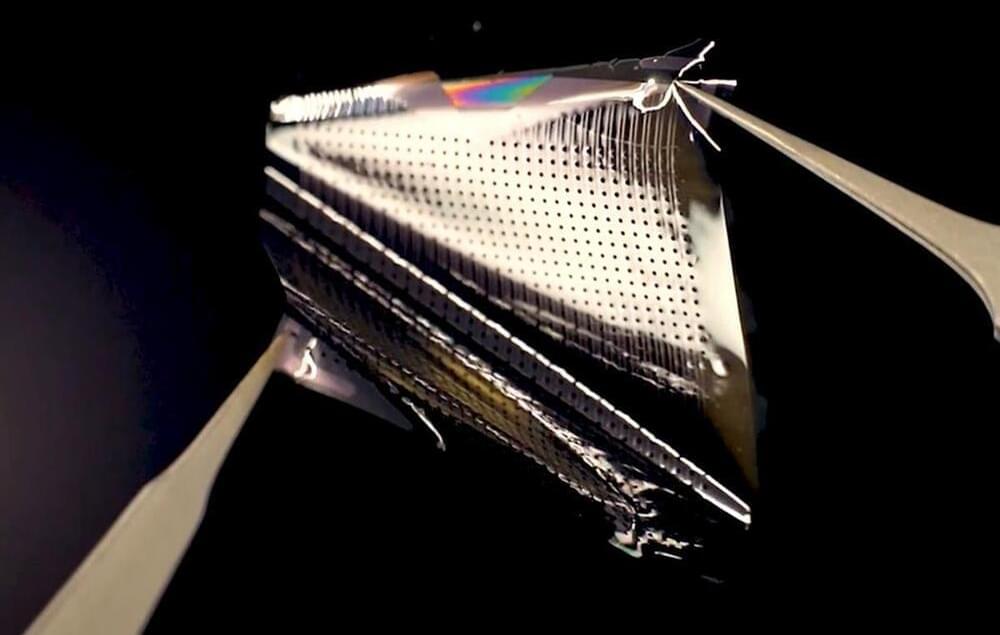
If you download music online, you can get accompanying information embedded into the digital file that might tell you the name of the song, its genre, the featured artists on a given track, the composer, and the producer. Similarly, if you download a digital photo, you can obtain information that may include the time, date, and location at which the picture was taken. That led Mustafa Doga Dogan to wonder whether engineers could do something similar for physical objects. “That way,” he mused, “we could inform ourselves faster and more reliably while walking around in a store or museum or library.”
The idea, at first, was a bit abstract for Dogan, a 4th-year Ph.D. student in the MIT Department of Electrical Engineering and Computer Science. But his thinking solidified in the latter part of 2020 when he heard about a new smartphone model with a camera that utilizes the infrared (IR) range of the electromagnetic spectrum that the naked eye can’t perceive. IR light, moreover, has a unique ability to see through certain materials that are opaque to visible light. It occurred to Dogan that this feature, in particular, could be useful.
The concept he has since come up with—while working with colleagues at MIT’s Computer Science and Artificial Intelligence Lab (CSAIL) and a research scientist at Facebook—is called InfraredTags. In place of the standard barcodes affixed to products, which may be removed or detached or become otherwise unreadable over time, these tags are unobtrusive (due to the fact that they are invisible) and far more durable, given that they’re embedded within the interior of objects fabricated on standard 3D printers.


















